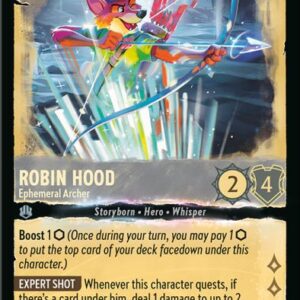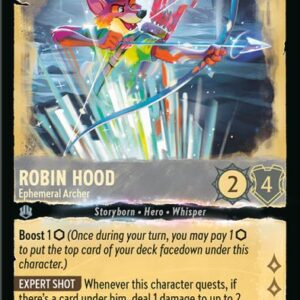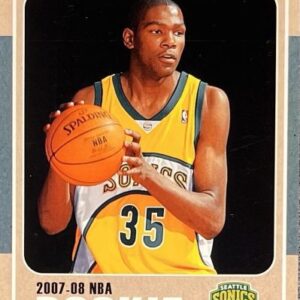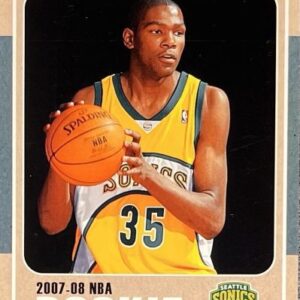If you’ve ambled past your local big-box store on a vivacious Friday afternoon, you may have stumbled upon a serpentine queue stretching towards the horizon. What sights await at the end of this human train? None other than a ravenous herd of Pokémon card collectors, eagerly anticipating the latest restock of coveted trading cards as if they were waiting for Willy Wonka’s golden tickets. Such scenes, revealing the feverish outburst of the Pokémon TCG (Trading Card Game) craze, are becoming an all-too-common occurrence. But, as with all frenzies, one must ponder: Is the bubble about to pop?
Let’s talk about “Restock Mania”—a phenomenon that has turned retailers into battlegrounds. Each Friday, fresh stock appears briefly, transforming store aisles into the stage for epic confrontations between collectors and scalpers. Yes, the scalpers—those halfway villains of cardboard cutthroatery—aren’t collectors. They are opportunists taking advantage of the surging market, wielding credit cards with reckless abandon to amass sealed packs like dragons hoarding shiny treasure. Their only allegiance is to the high profit margins, as they resell at inflated prices, much to the dismay of casual collectors and young enthusiasts who find themselves priced out or left in the dust of swift-fingered profiteers.
In an attempt to satiate this insatiable beast, The Pokémon Company has been churning out cards as if they were Milo Ventimiglia posters from his stint as Jess in “Gilmore Girls.” Sets once considered scarce and desirable, like “Evolving Skies,” “Crown Zenith,” and beloved collector editions such as the “Van Gogh Pikachu,” now saturate the market like a post-holiday turkey sale. This glut not only diminishes perceived rarity but ushers an avalanche of PSA-graded cards. Take, for instance, the “Van Gogh Pikachu,” which has attained a staggering 40,000 perfect PSA 10 copies. If this isn’t a glowing red flag of oversaturation, what is?
Echoes of the notorious sports card bubble from the late ’80s and early ’90s ring loudly in today’s Pokémon escapade. During that time, sports card manufacturers gave in to greed, overproducing cards to satisfy an insatiable appetite for collecting. But the hunger was merely an illusion, as collectors awakened to the realization that their “rare” cards were as common as opinions on Twitter. Inevitably, the bubble burst, and many were left hugging stacks of virtually worthless cardboard.
Drawing parallels, today’s Pokémon enthusiasts are on a similar precipice. The market is littered with speculative buying, and prices are primarily propelled by more hype than by actual scarcity. The paper-thin veneer of rarity is starting to crumble, and the prospect of a market downturn looms ominously.
And when, one might ask, will this bubble collapse? Predicting precisely feels much like attempting to catch a Pikachu in the wild with a regular Poké Ball—tricky and mostly speculative. However, the signs of peak saturation are visible to any keen observer. Those scalpers, floating in a sea of debt from maxed-out credit cards, might soon find reason to liquidate their hoards should the market begin its descent. Should collectors awaken to the reality of inflated populations and overproduced sets, they may retreat from the fracas altogether, pushing prices further into the abyss.
The sages within the collecting community preach the virtues of caution and patience; virtues that come in handy should history grace us with its déjà vu routine. If the Pokémon TCG frenzy mirrors previous bubbles, rapid expansion may yield to a contraction as swift, reminding us all that true rarity is like an elusive Mew—genuine, humble in its existence, and non-manufactured. It’s a lesson worth learning again.
The Pokémon TCG may be riding a glittering comet of popularity, but treasures built on hype are as fragile as a Jigglypuff’s lullaby—sweet, momentary, and needing to be handled with awareness. Whether the bubble bursts tomorrow, or sustains its incredible trajectory for a while longer, collectors must gird themselves with wisdom from the past and recognize that sometimes the greatest value lies not in the cards themselves, but in the joy of the hunt and the stories they share.






